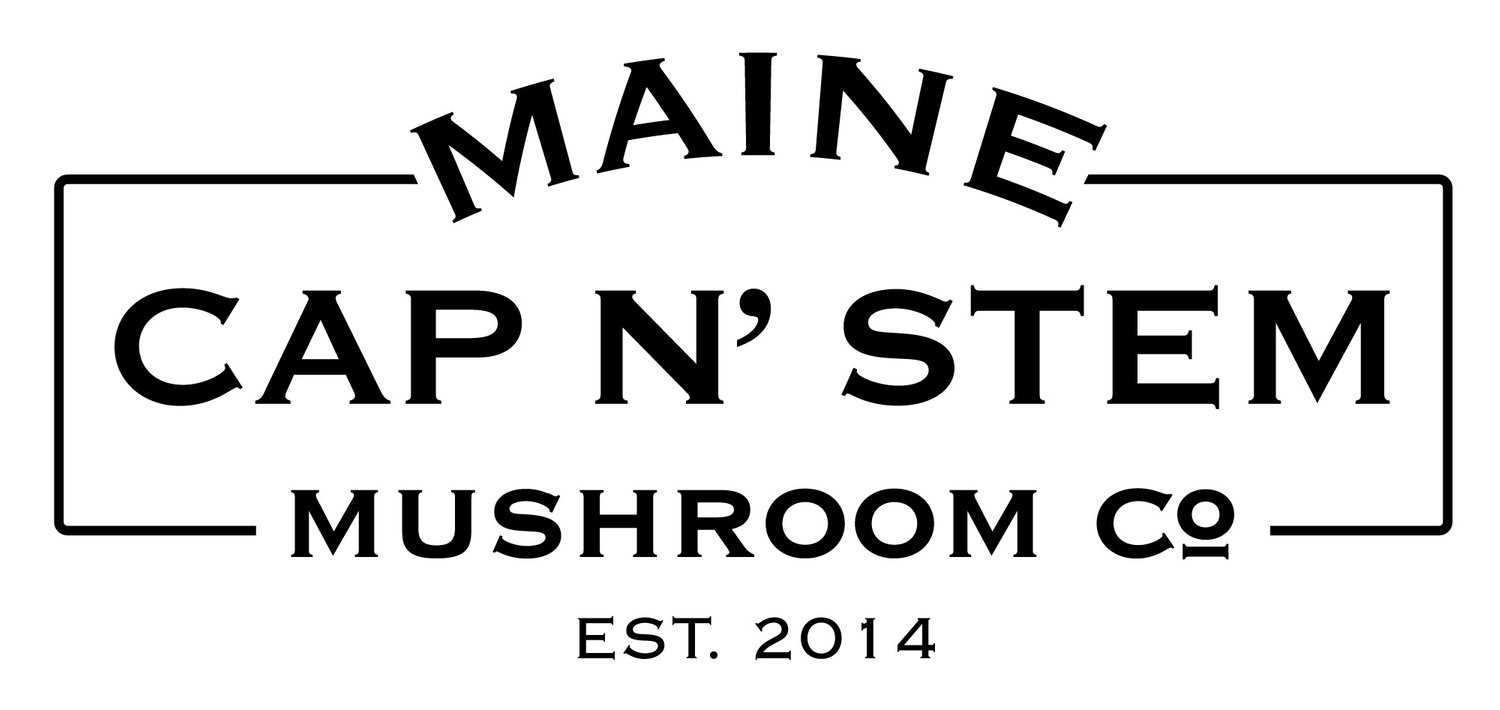Hericium Erinacius: POW
Co2 and Lions Mane: Here we have HE-POW that was growing in a little plastic container to maintain some humidity in these dry months. You’ll notice that the fruit has some spiney areas along with some more classically dense pom-pom growth and that has a lot to do with co2 generation from the block of mycelium colonized substrate. Aside from “leggy oysters”, Lion’s Mane has the best tell-tale signs of co2 pockets within a tiny grow chamber or a large fruiting facility. What wild about Lions Mane is if you adjust the co2 from let’s say 1200ppm to 500ppm during the fruiting cycle, which can be rather slow compared to some hyper-oyster varieties, the fruits will bound back and new formations will grow in rather quickly with that pom-pom shape. A properly formed fruit has a much higher chance of new phenotype generation from the spores dispersed so an organism such as this will make use of that fresh O2 whenever it can. This makes Lion’s Mane a less preservable living sculpture in the same way Reishi antler and conks can be. Not to worry though, spiny Lions fruits taste just as delicious as densely formed fruits!
